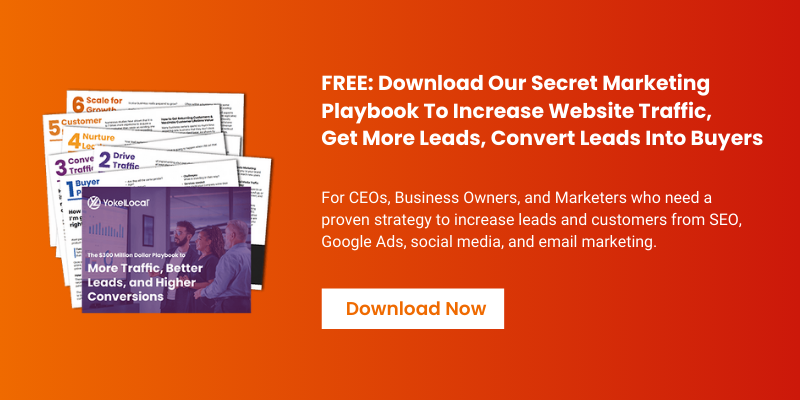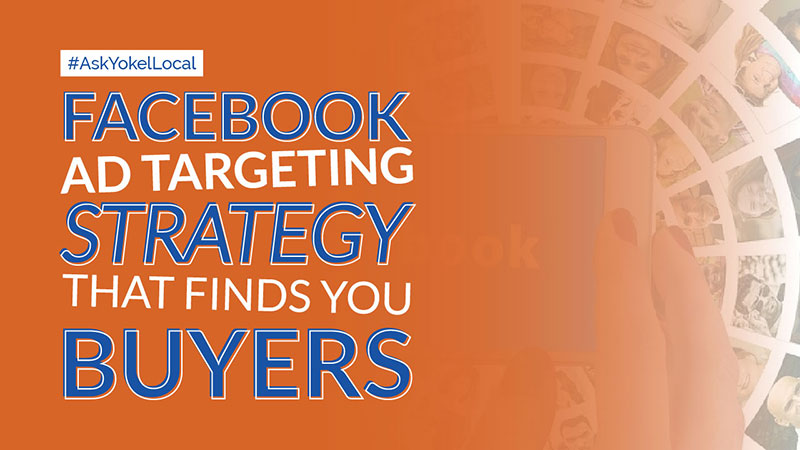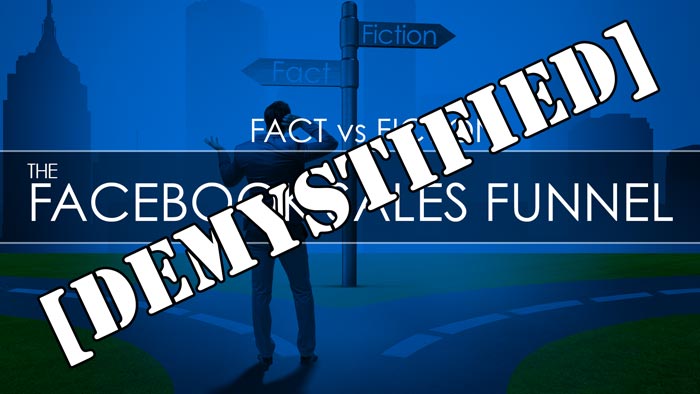
A business' primary Facebook objective is to either build an audience, drive website traffic, or get more customers by feeding its Facebook sales funnel.
However, to your increase sales conversion rate from social media, you must know why people are on Facebook and the actions they take when you appear before them as a brand or service provider.
To understand how customers are using Facebook, you have to look at the buyer's journey process as you begin to build a profitable Facebook advertising campaign.
Now we typically think of the buyer's journey in the following stages:
- Attract Visitors to drive website traffic
- Convert Leads using forms on landing pages
- Close Customers through email marketing and marketing automation
However, there is an unknown stage of the buyer's journey, the "Unaware Stage".
The unaware stages refer to potential customers being completely unaware of your brand, product or service when they come across your business on Facebook.
As new audiences come across your Facebook ads, you must realize that they are not in buying mode. Therefore, you must take an unaware approach and not immediately jam them into the sales funnel of your business.
By taking the unaware stage into consideration in addition to the traditional buyer's journey, your Facebook campaigns are sure to be a success.
Want to learn more ways to create and implement a strategy Facebook marketing strategy, subscribe to #AskYokelLocal for exclusive online marketing tips and tricks for small business.


The Facebook Sales Funnel (Transcript)
When we talk about getting new customers using Facebook, and we think about what people are actually on Facebook doing at the time we show up as a brand, as a business, as a service provider, or with our product in the e-commerce space.
I think we have to draw some understanding to what our customers are actually doing on Facebook at the time we arrive.
And, as you’re looking through the process of the buyer’s journey and understanding how your customers are now using the web, social media, social proof with regard to recommendations and referrals from their friends, we have to understand that if we’re going to go into their world on social media, in this particular example speaking about Facebook, we want to make sure that we understand that there’s actually one additional level in the buyer's journey that we have to keep in mind when we arrive on Facebook and begin to build our campaign and start to look at the objectives that we want to achieve.
So, of course, we want to achieve the opportunity of building an audience and driving traffic to our website, and getting leads, and of course getting new customers in the door, to our office if we’re a service provider, or to buying our product if we’re an e-commerce store, downloading our app if we’re an app developer.
But if we look at the buyer's journey in simplicity we’re thinking of it in three stages, and that is:
- Number one, We have to attract visitors to our website;
- Number two, Convert those visitors into interested leads or get them to somehow raise their hand and suggest that they’re interested in our product or service;
- Number three, then lastly is to put them into a periodic sequence of marketing automation to get them to become a customer.
And so what we struggle with a lot of times in discussing this with business owners and marketers in general, is that every customer or every potential customer who follows this buyer's journey, they’re not going to close at the same time.
They’re not going to buy your product or service and become a customer at the same time.
In fact, I’m going to suggest to you that you consider the fact that at the time that we are able to find your potential customers on Facebook, that they’re actually completely unaware of your business, or your brand, or your product, and so there’s an unaware stage that actually sits a little bit above this buyer’s journey funnel.
So as we begin to discuss the different Facebook objectives, and in a moment I’m going to take you into another video and another tutorial where we go into the Facebook ad platform and start to break down the objectives and how to best use them.
I want you to really just consider the fact that when people are on Facebook, they’re not in buying mode.
- They may be... a buyer, and they may be target, they may be demographically suited for your product or service.
- They may be... psychographically suited for your product or service.
- They may be... already in the hunt for your product and service.
But when we show up on Facebook and put an ad in front of them or put posts in front of them on your fan page, they are not necessarily in buying mode.
So, we have to approach it from the unaware standpoint before we immediately slam them into the buyer’s journey sales funnel for your business.
And this takes a little patience.
It takes a little bit of testing.
It takes a little bit of spending some money so that we can grab the right data to see what types of things will work, and we’re going to talk about that in another tutorial when we actually look at the Facebook ad platform.
So, I just want to finish this by saying think about one additional step above this funnel, if you will, where your fans, your customers, potential customers are not even aware that your product or service exists.
So, with all the targeting and all the Facebookad platform objectives that we can touch on and use to...
- GET people into the funnel
- GET them to purchase
- GET them to become your customers
- GET them to become a buyer of your product, service or application or software or service...
Maybe, we must understand where they are in a paradigm of mindset when we approach them on Facebook.
And if we do that right you’re going to see a lot more success in your campaigns, you’re going to understand the stepping process through building successful campaigns, so I hope this was helpful.













